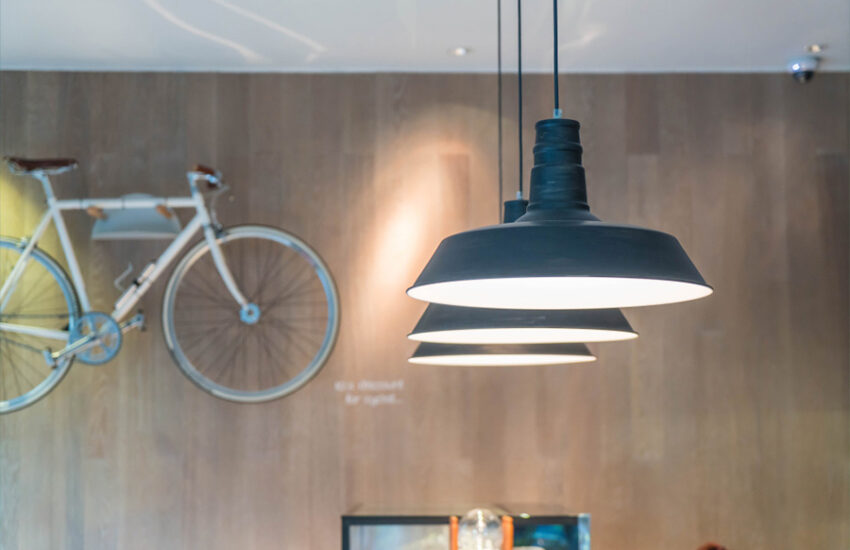It’s normal for certain people to have a heavenly supper to recline in the dining chair on the rear legs. More often than not the rear legs of the seat can deal with the strain and the diner gets the remunerating rush of adjusting on two legs until the seat top leans easily against the wall. However, some of the time the heaviness of the fulfilled diner who’s just devoured a full dinner joins with a seat that has been ineffectively fixed once previously and the outcome is a crash.
The initial step is to get the parts in a work region and up on an agreeable work surface.
Remove Old Glue
The old paste which has dried into thick pieces at the joints reveals to us this isn’t the manner in which it originated from the production line. Most chairs have two stringers under the seat to help hold the seat to the seat back. The screws have to be pulled totally out from the seat back.
Remove the Screws
Since the screws have been pulled from the attaching focuses on the chair, we’ll need to utilize 4 marginally thicker screws. These specific tightens have a square gap in the head and require an uncommon piece to securely evacuate them. With some deck screws which have a similar square gap and the square driver bit comes in the container with the screws. You can purchase the bit independently from the hardware shop if necessary.
Sand and Prepare
This is presumably the most urgent advance and one numerous individuals avoid attempting to hustle the fix. It’s imperative to evacuate however much of the old paste as could reasonably be expected. Utilize a little level head screwdriver and chipped off the old paste. Take out as much paste off as possible, then start sanding. It should be possible by hand and some difficult situations required this but you can use an electric mouse sander.
Use Slightly Oversized Screws
Since the first screws were torn from their mountings they would not make for a solid joint on the off chance that we use them once more. It’s significant the length of the new screws are the equivalent or as close as you can get to the length of the first screws since these will screw into the rear of the seat and we don’t need any screw tips jabbing out the rear of the seat. Likewise don’t pick a screw a mess thicker than the first ones as it could part the hardwood the seat is made of. Just somewhat thicker will do fine and dandy, we’re simply attempting to make the screw nibble safely into the wood.
Test Fit the Pieces and Partially Screw in the New Screws
Presently it’s an ideal opportunity to test fit the pieces together and give it a visual review to be certain it would seem that a tight fit. The thought is to be certain the wood surfaces we will be sticking together before long fit as cozy as we can get them. In the event that you notice detects that don’t appear to be flush, sand progressively off when you dismantle the pieces.
Additionally, this is the ideal opportunity to set the fastens incompletely to the wood. Screw the screws into the wood until you simply observe the tips jabbing out then back them out just until the tips vanish. That will keep them from catching on the wood surfaces when you set them up with sticks on them.
Glue and Clamp the Pieces
Utilize a solid wood paste. You need to get stuck on both mating surfaces before you attempt to assemble it. Presently get a paper towel and wet it with some water, crush out the abundance and keep it convenient, you’ll need it.
When it’s solidly back together, wrap up the tightens and set cinches on every one of the two corners where the back joins the seat.
Set It Aside for at any rate 24 Hours
The last advance is to set the seat for at any rate 24 hours to permit the paste to dry totally. When the time has spent, it’s an ideal opportunity to place the seat in the back






